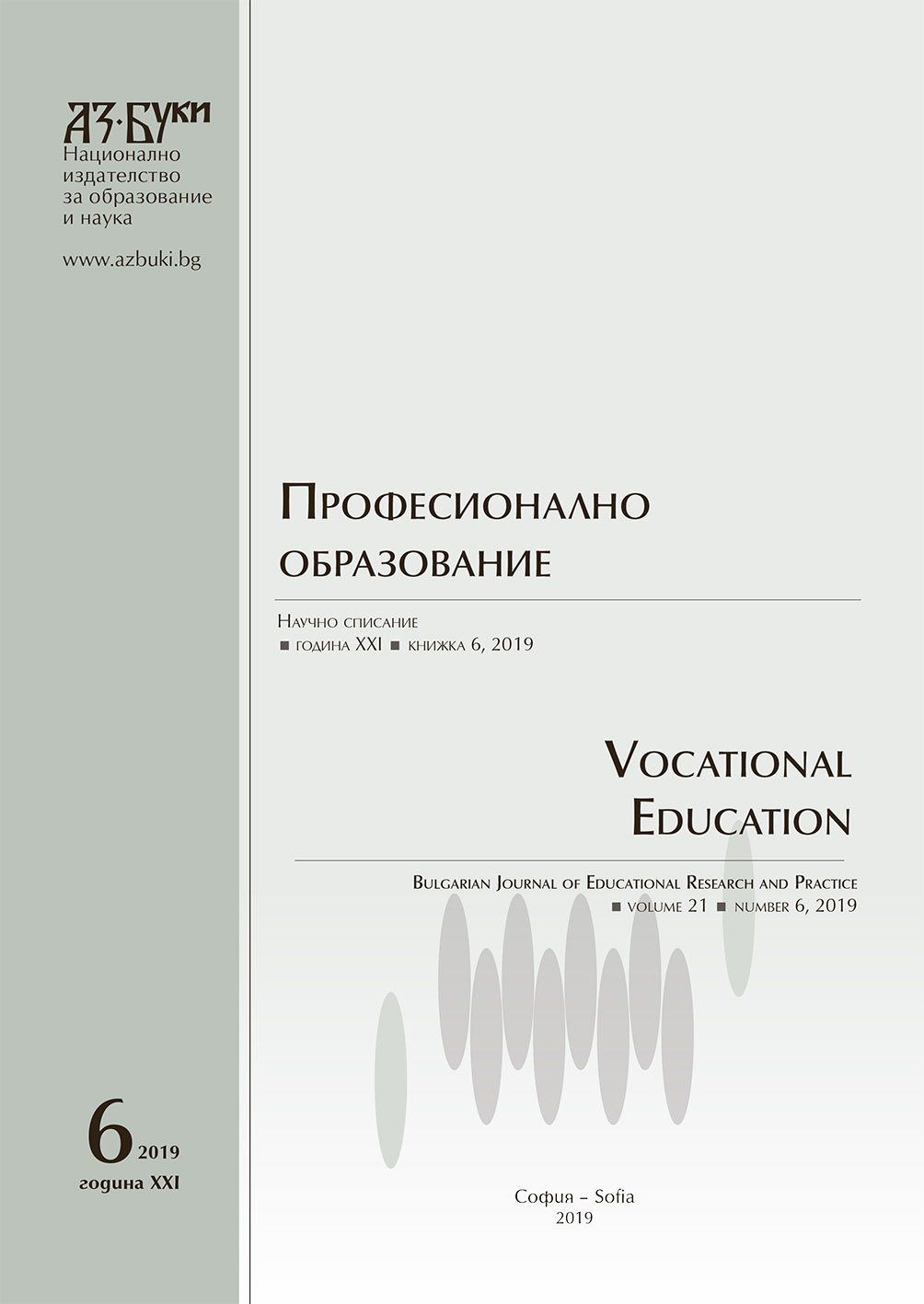Съвременни аспекти и теории за вербалната диспраксия в детска възраст
Contemporary Aspects and Theories of Verbal Dyspraxia in Childhood
Author(s): Dineliya ZhelevaSubject(s): Social Sciences, Education, Sociology, School education, Vocational Education, Adult Education, Higher Education , State/Government and Education, Social development, Social differentiation, Family and social welfare, Social Informatics, Inclusive Education / Inclusion
Published by: Национално издателство за образование и наука „Аз-буки“
Keywords: verbal dyspraxia; analysis; theories; mechanisms
Summary/Abstract: The article discusses contemporary theories and definitions of verbal dyspraxia of development in children aged five and six. Literary reading shows that different schools use a different terminology apparatus and highlight different diagnostic criteria and manifestations of verbal dyspraxia, described in the article, which implies multi-layered analysis and diagnosis and assessment. Certain levels of development of multiple neurological and motor functions is required for the presence of smooth and correct speech output.For this reason, the article also addresses the issue of the causes of verbal dyspraxia in children. In short, dyspraxia is a disorder or immaturity of the organization of movements. Related to this are the problems of language, perception and thinking.
Journal: Професионално образование
- Issue Year: 21/2019
- Issue No: 6
- Page Range: 603-610
- Page Count: 8
- Language: Bulgarian
- Content File-PDF

